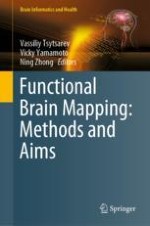2020 | OriginalPaper | Buchkapitel
Neurons and Plasticity: What Do Glial Cells Have to Do with This?
verfasst von : Nicolangelo Iannella, Michel Condemine
Erschienen in: Functional Brain Mapping: Methods and Aims
Verlag: Springer Singapore
Aktivieren Sie unsere intelligente Suche, um passende Fachinhalte oder Patente zu finden.
Wählen Sie Textabschnitte aus um mit Künstlicher Intelligenz passenden Patente zu finden. powered by
Markieren Sie Textabschnitte, um KI-gestützt weitere passende Inhalte zu finden. powered by
